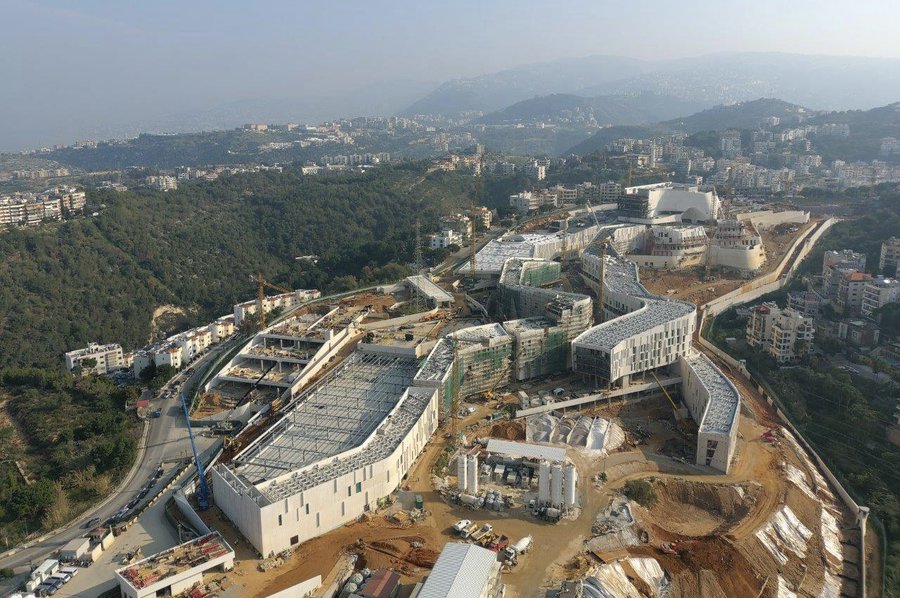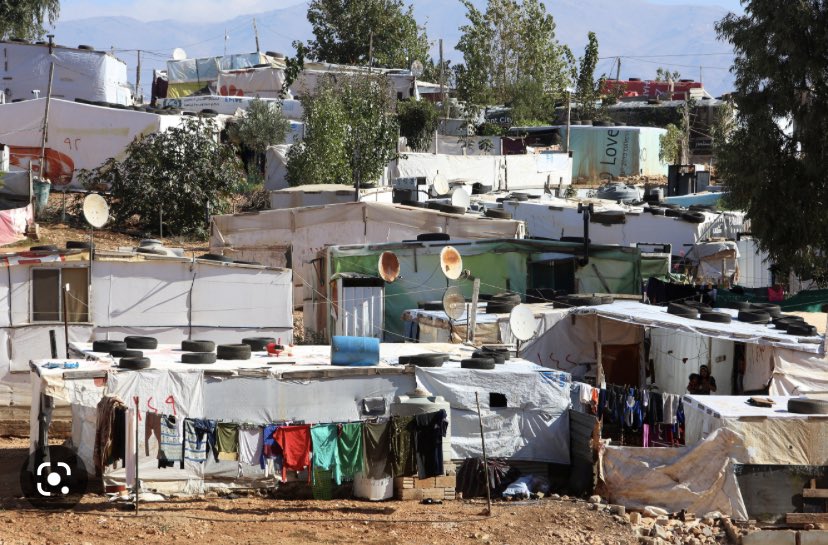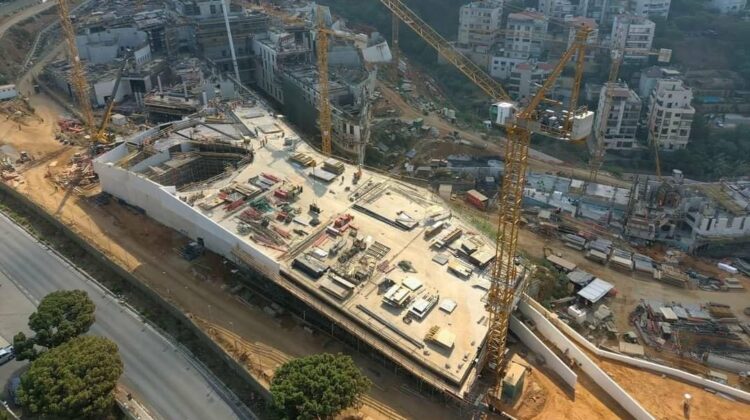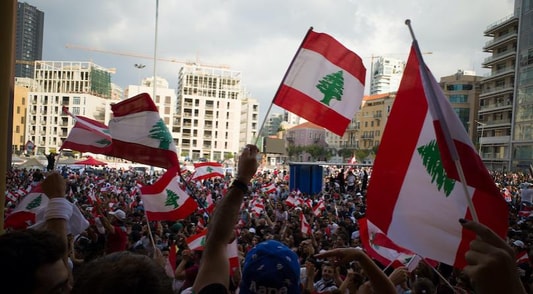New U.S. Embassy in Lebanon Sparks Controversy

By: Souria Dabbousi / Arab America Contributing Writer
Building the New Embassy
The majority of the population in Beirut, Lebanon live in poverty. However, the building of a new U.S. embassy has sparked criticism due to its size and expense.
The new facility, which will be around eight miles from downtown Beirut, is being constructed on a 43-acre plot of land near the present embassy in Awkar. According to the first press release announcing the new building in 2015, the investment is anticipated to be about $1 billion. Given that many individuals in the nation struggle to make ends meet, some Twitter users questioned the lavish embassy.

Economic Situation in Lebanon
Due to the collapse of the local currency brought on by Lebanon’s extraordinary financial crisis, many Lebanese now live in poverty. More than one-third of Lebanese families with kids admitted they struggled to make ends meet for their kids’ school lunches. According to Human Rights Watch, “Over 70% of Lebanese households said they were always behind on basic expenses or having difficulty making ends meet.” 4 our out of 10 Lebanese households make less than $100 each month, having a median income between $78 and $157 per month. Yet Lebanon, which only has a population of 6 million and with few Americans visiting the nation since it is the third-highest travel advisory country according to the State Department, has been enduring many difficulties from excessive inflation to low incomes.

Voices of Concern
Lebanese citizens have turned to social media to vent and complain about this issue.
- “Did the U.S. move to Lebanon?”
- “Are you sure you made it big enough?”
- “Is that an embassy or the 51st state?”
- “Compound? That’s a walled city-state.”
- “Maybe you’ll have enough room to work on all those pending visa applications,” Abed Ayoub, the manager director of the American-Arab Anti-Discrimination Committee, tweeted.

Lebanon was been enduring an economic crisis for a while now. It has caused huge damage to the economic welfare of the country. Citizens are still in a struggle and can no longer afford basic necessities. Street protests have been held, grocery stores closed, and bakers threatened to go out of business. Those below the poverty line, which is about 15% of the population, make around $2,500 annually. The middle class, which makes up about 54% of the population, makes about $9,000.
Check out the Arab America Blog here!








